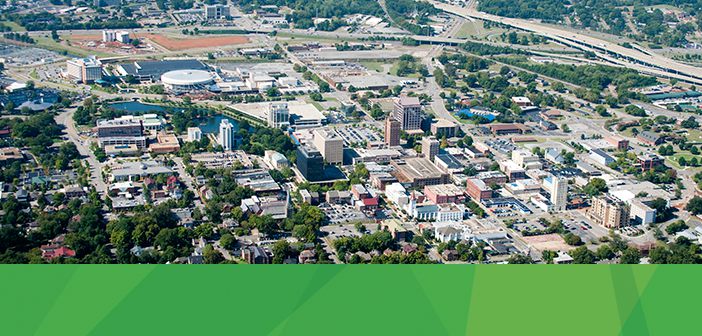I want to call your attention to a recent ImageStation benchmark that highlighted the advances that have been made in photogrammetry software. The exercise covered performing automatic point matching, automated DTM extraction, and automated ortho production including rectification, dodging/enhancement, seam line generation, tone balancing, and mosaicking. The highlights of the exercise are summarized here in short form. For full details please refer to the ImageStation Performance Study white paper.
The ImageStation products used in the exercise were:
- ImageStation Automatic Triangulation (ISAT)
- ImageStation Automatic Elevations (ISAE)
- ImageStation OrthoPro (ISOP)
ImageStation Consumed Mass Quantities of Data. The data set used consisted of 2,113 photos which occupied 843 GB of disk space and covered approximately half of Madison County, Alabama. The AT process was performed using ImageStation Automatic Triangulation (ISAT) software. ISAT provides three main methods for point matching. Testing was performed using all three methods to demonstrate differences in processing times and these may be helpful in deciding which method to use (details in the ImageStation Performance Study). Looking at the results achieved with Solid State Drives (SSD) vs Hard Disk Drives (HDD), the SSD drives enjoyed a 3x advantage for all methods.
The DTM surface generation process was performed by using the feature-based matching method provided by ImageStation Automatic Elevations (ISAE). After some experimentation to determine the optimum system load, jobs were submitted using Condor for Hexagon Geospatial distributed processing on the test system such that ISAE would process up to 8 models at a time in parallel. All models (2098) completed in 2 hours and 24 minutes. Test results using the HDD drives took approximately 4.6x more time.
ImageStation OrthoPro (ISOP) was used to perform ortho-rectification, dodging, automatic dynamic range adjustment (ADRA) image enhancement, seam line generation, tone balancing, and mosaicking as an automated process. After some experimentation to determine the optimum system load, jobs were submitted such that ISOP would process 8 orthos at a time, and mosaic 28 products at a time. 2013 dodged/enhanced orthos were produced, as well as 200 end mosaic products (8000×8000 pixels each). Test results using the HDD drives took approximately 4.6x longer than the Solid State Drives (SSD).
The high-performance algorithms, threaded processing, and distributed processing capabilities of ImageStation running on modern hyper-threaded machines equipped with Solid State Drives can be used to maximize photogrammetric production throughput and capacity. For this 2,113 photo project, the total processing time when using SSD drives was less than 6 hours. The total processing time when using HDD drives was 4.5x longer taking more than a day.
To think that the AT process, surface generation, and ortho production for half a county could be completed in a single work shift is rather remarkable. Since this is 2015, the year in which the DeLorean in Back to the Future travelled to, it’s only fitting that we contrast our results against those that would have been typical of that era. A project of this size would have taken several man-years to complete using the technology available in 1985. Today it can be done in 6 hours. And that’s without the lightning bolt!
New drive technologies such as the HP Z Turbo Drive – a 1 TB SSD drive on a PCIe card – will further improve I/O performance.
If you want to check out the system specs or read more about the study: ImageStation Performance Study
















